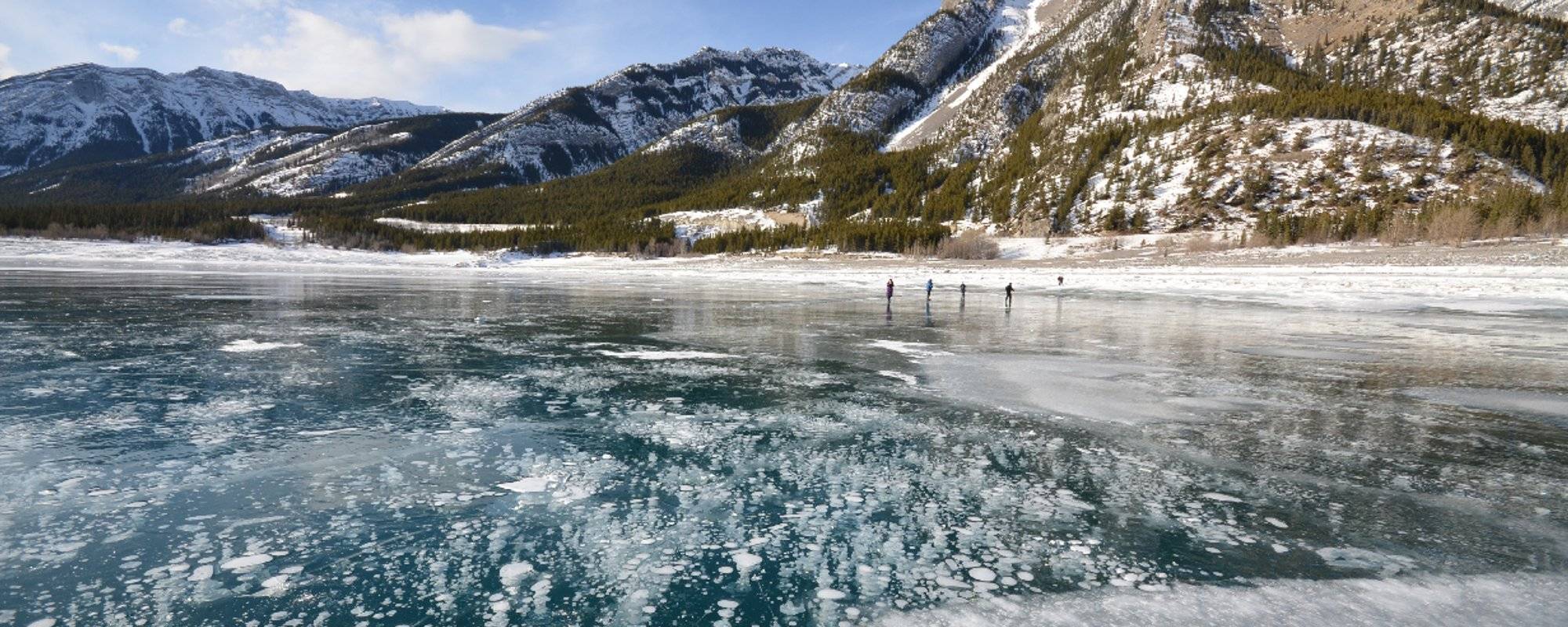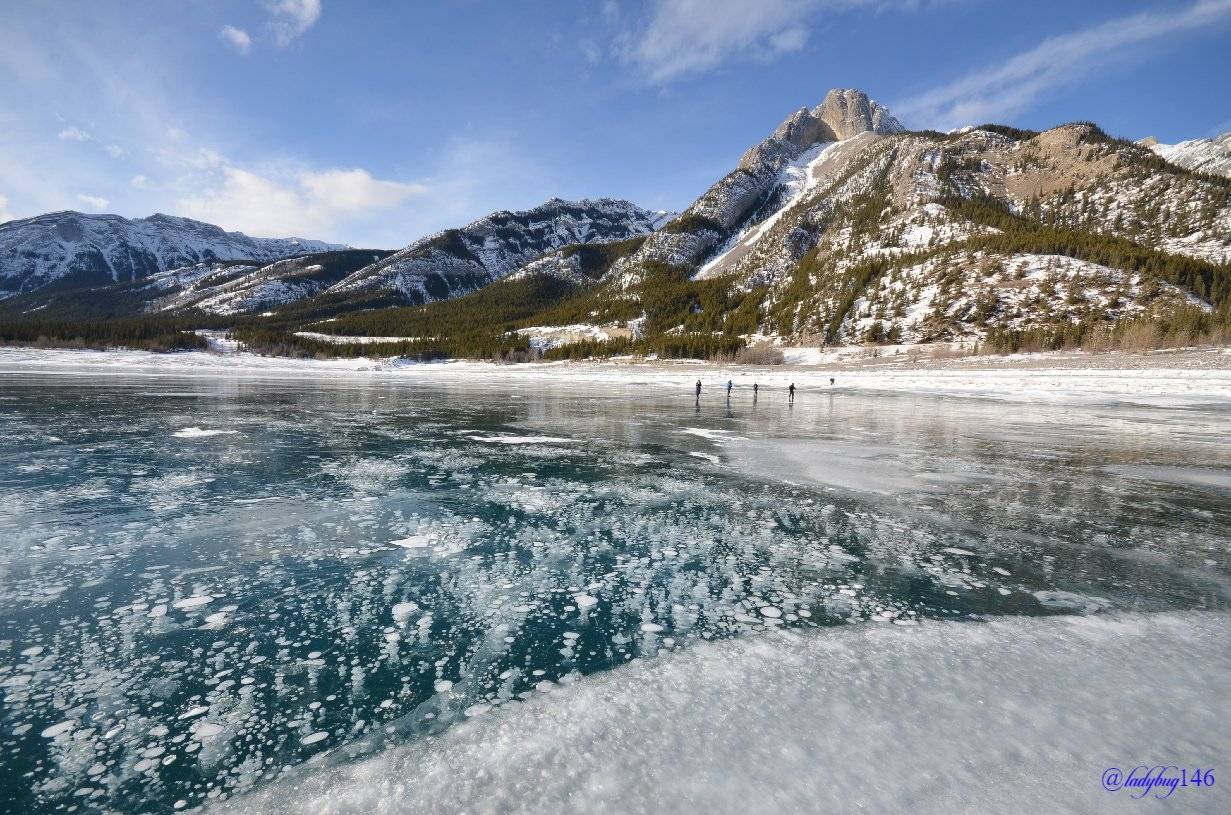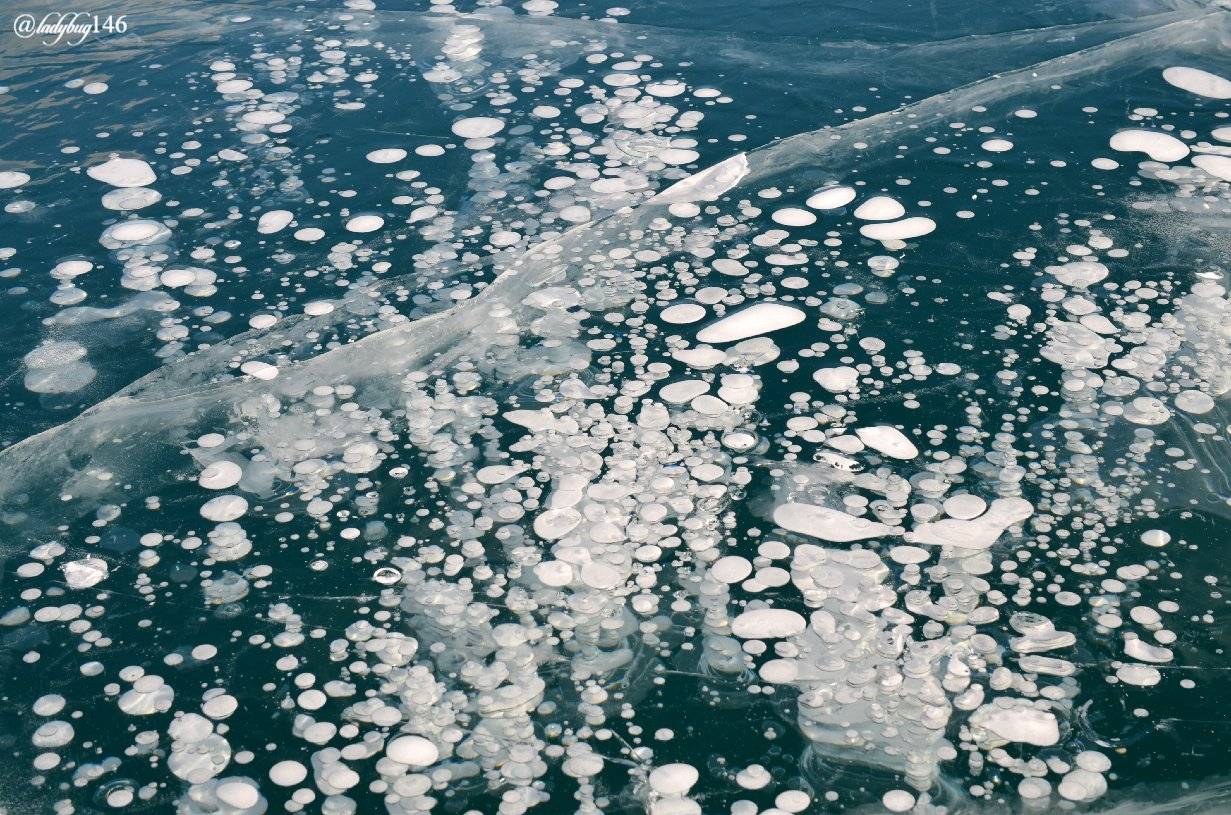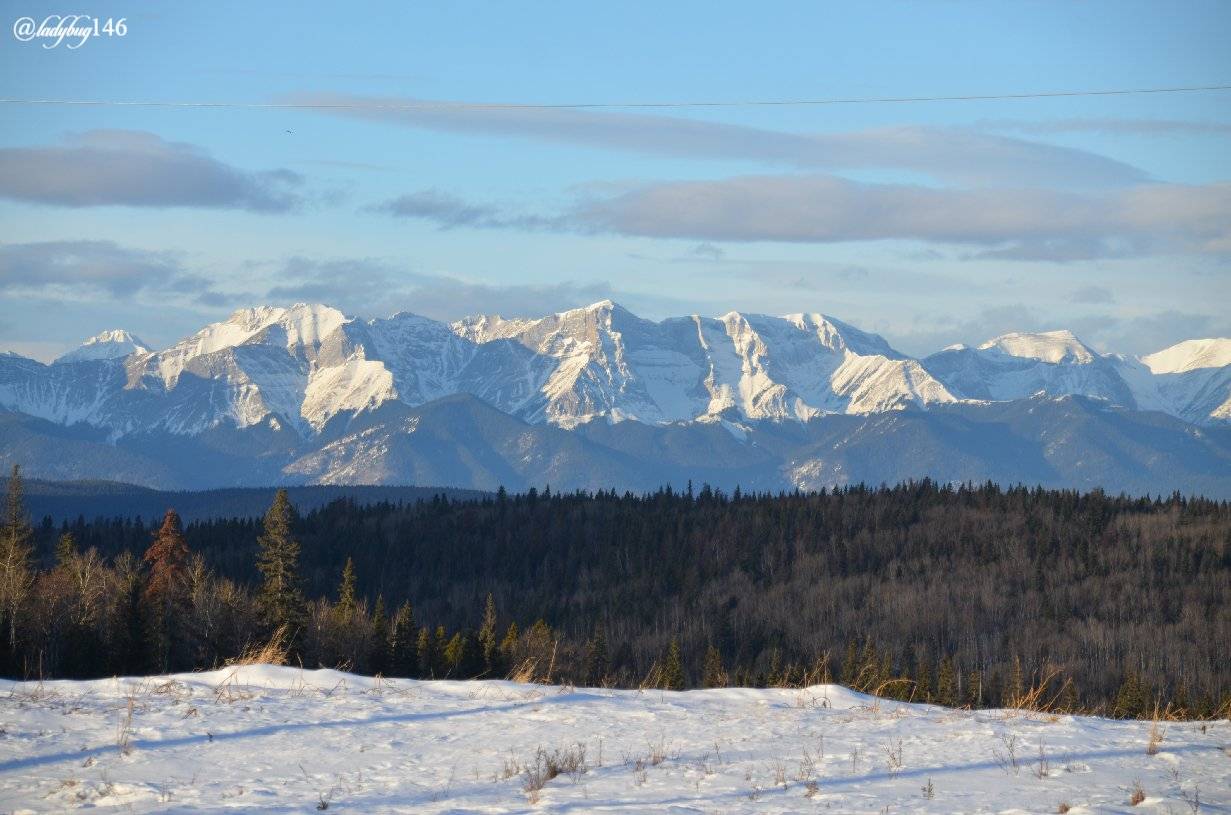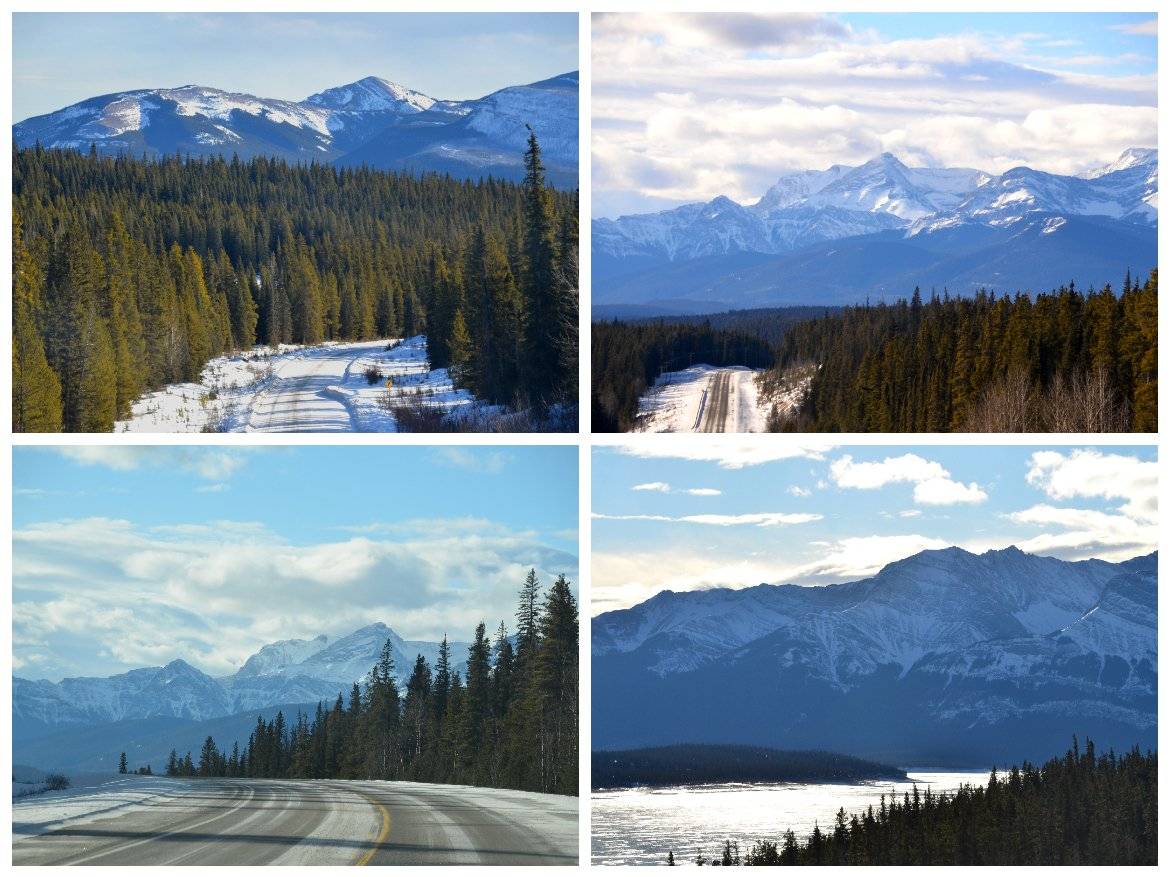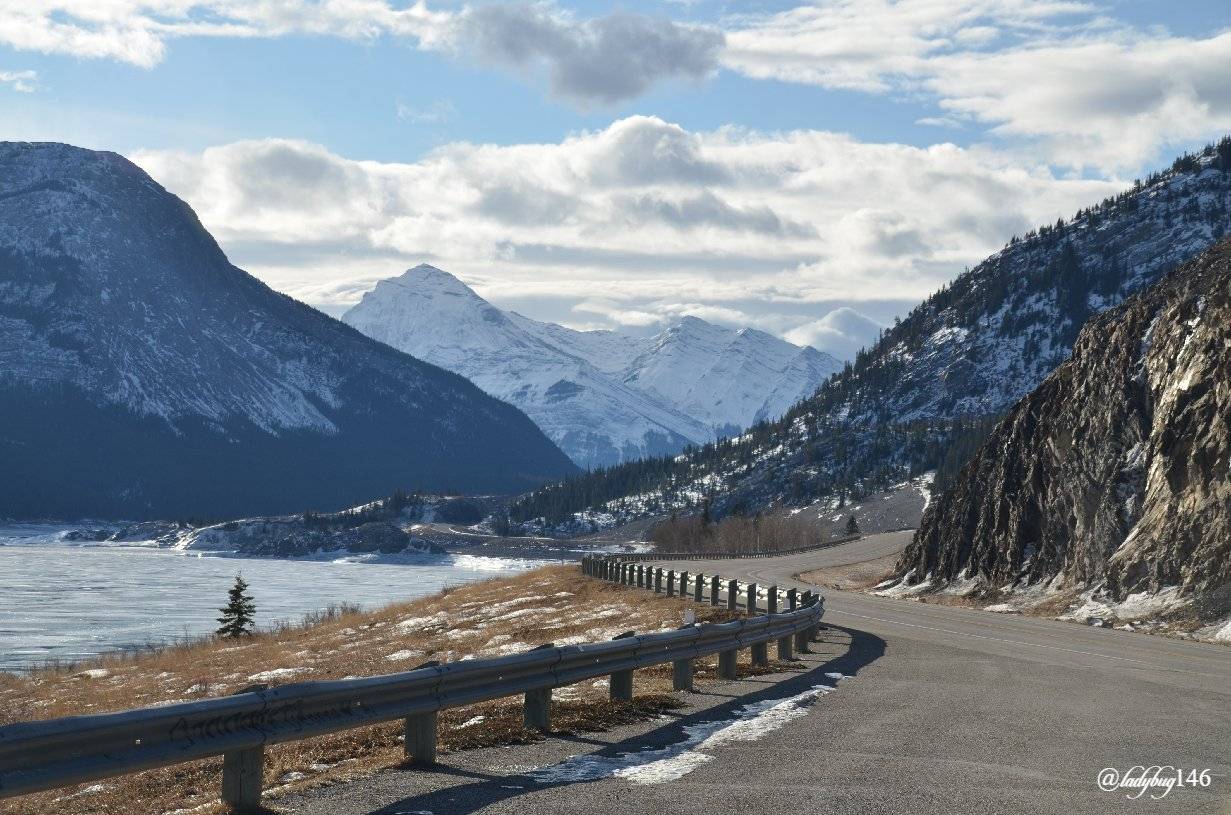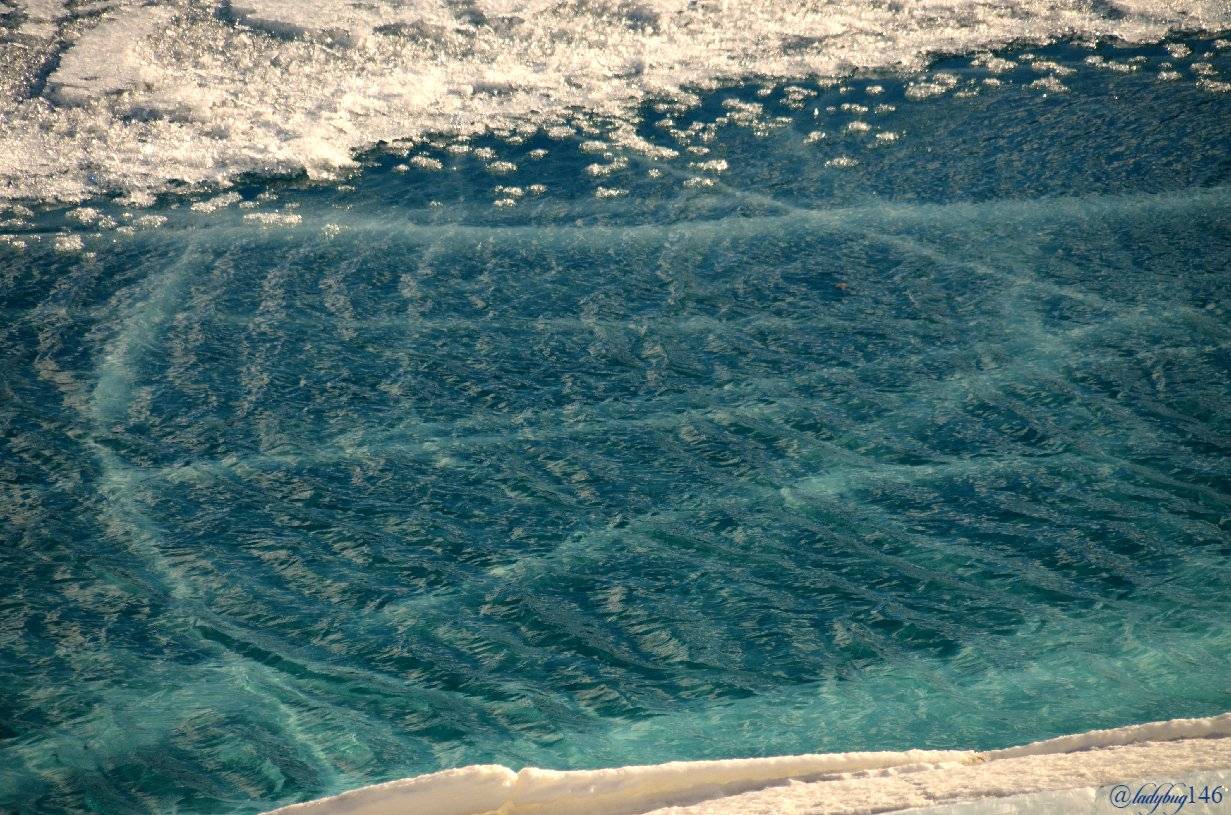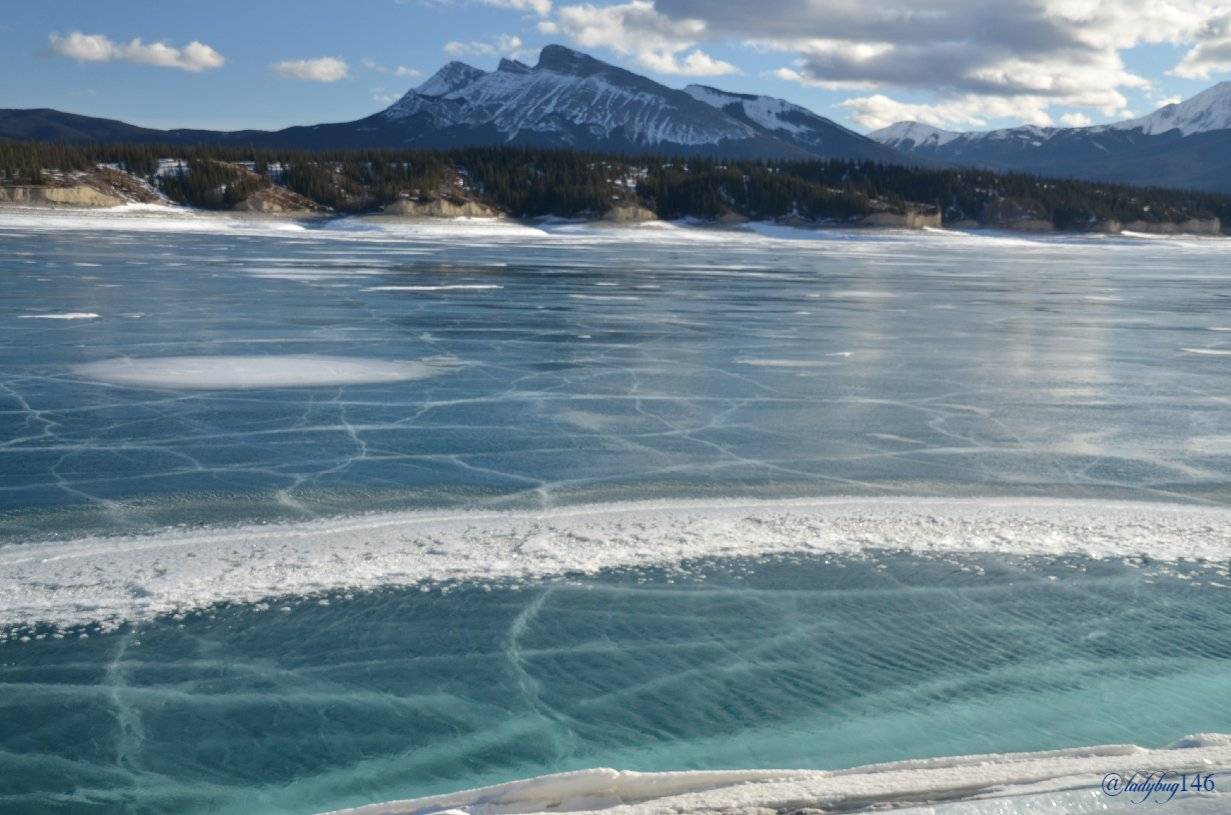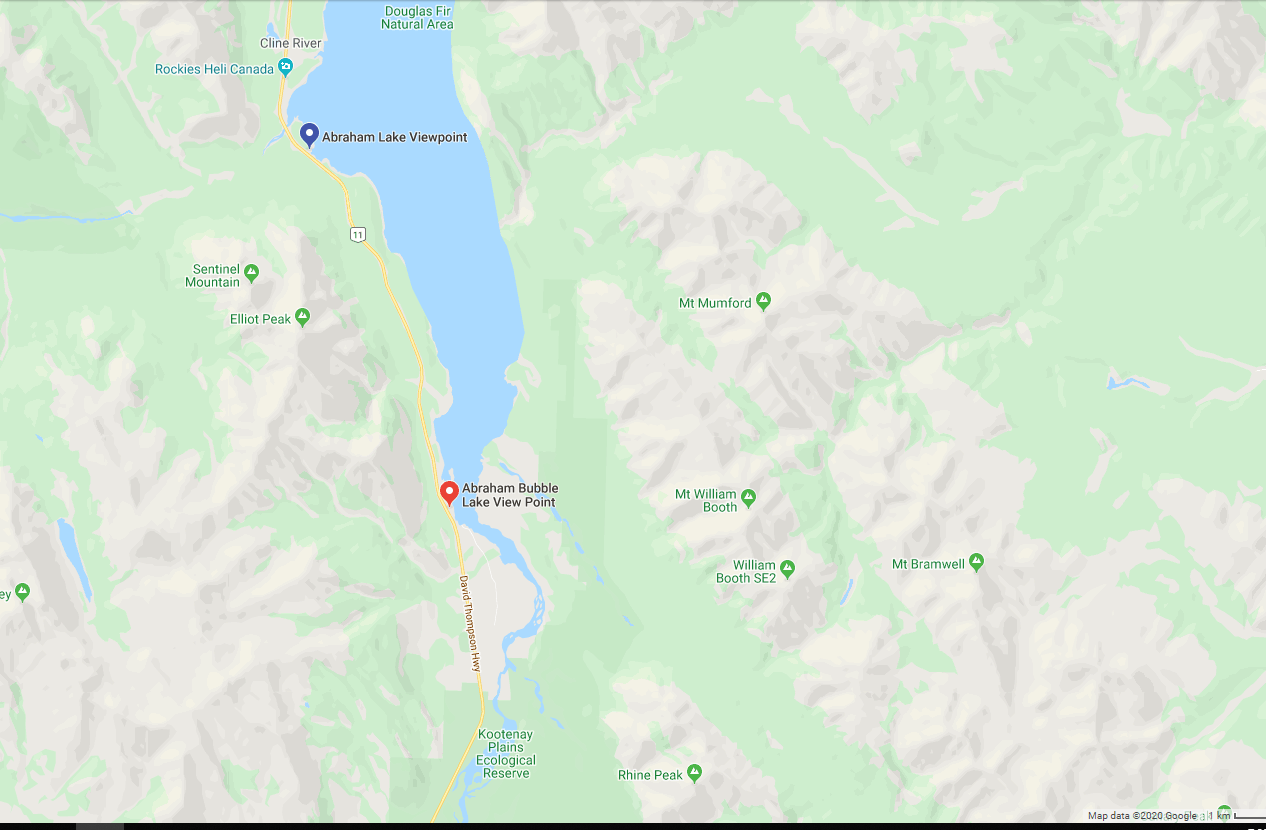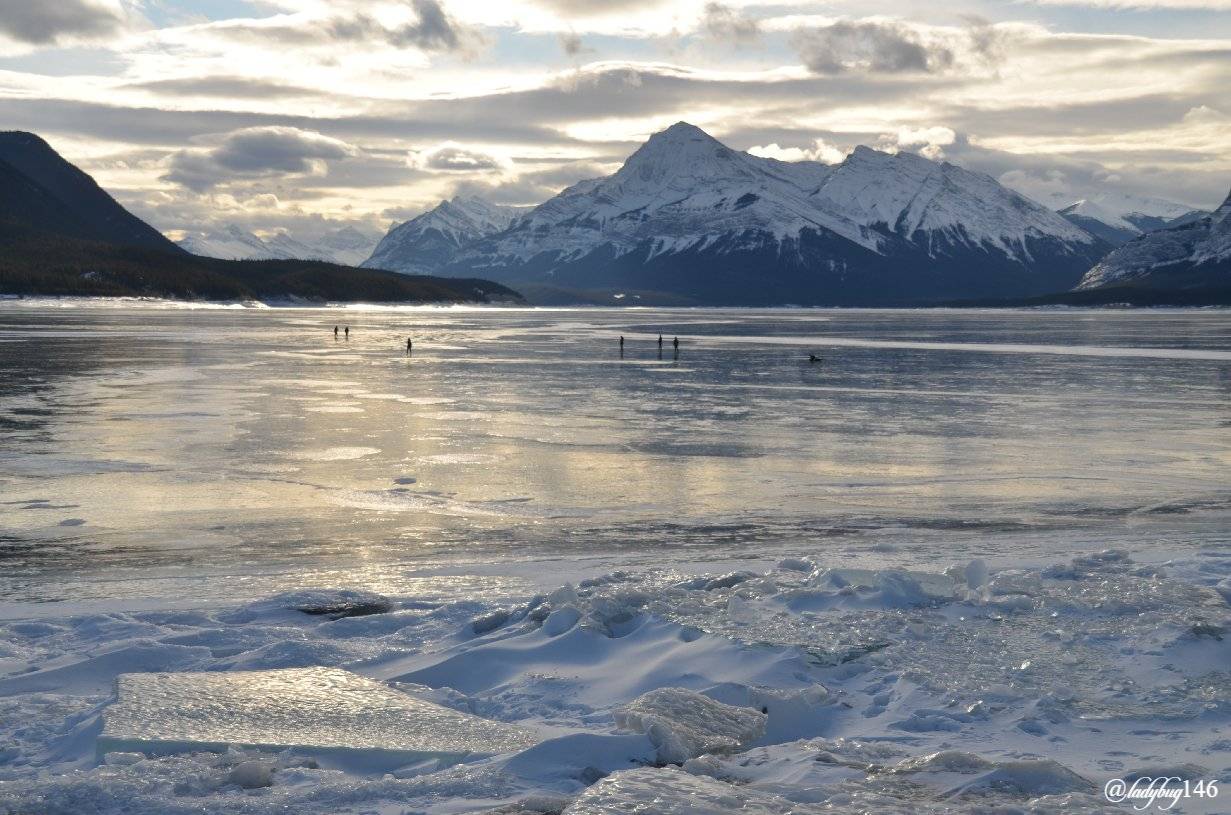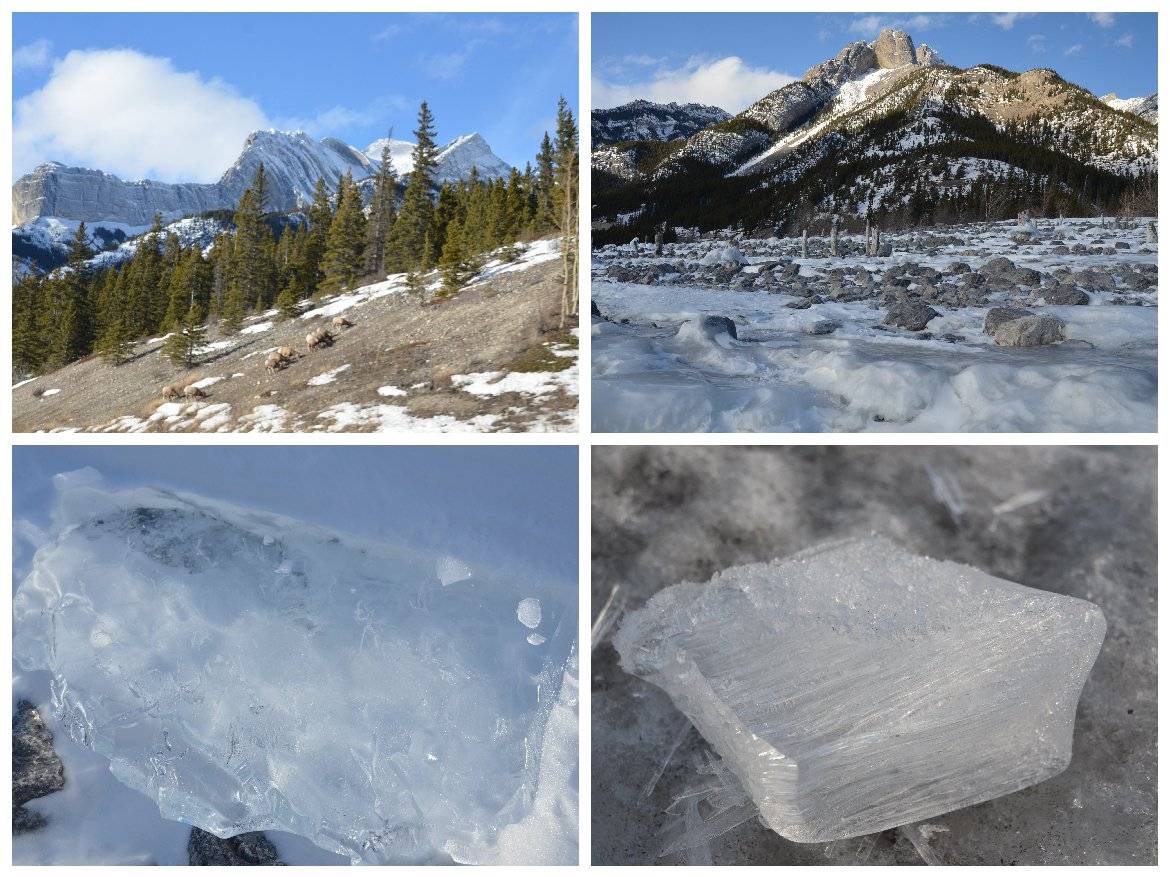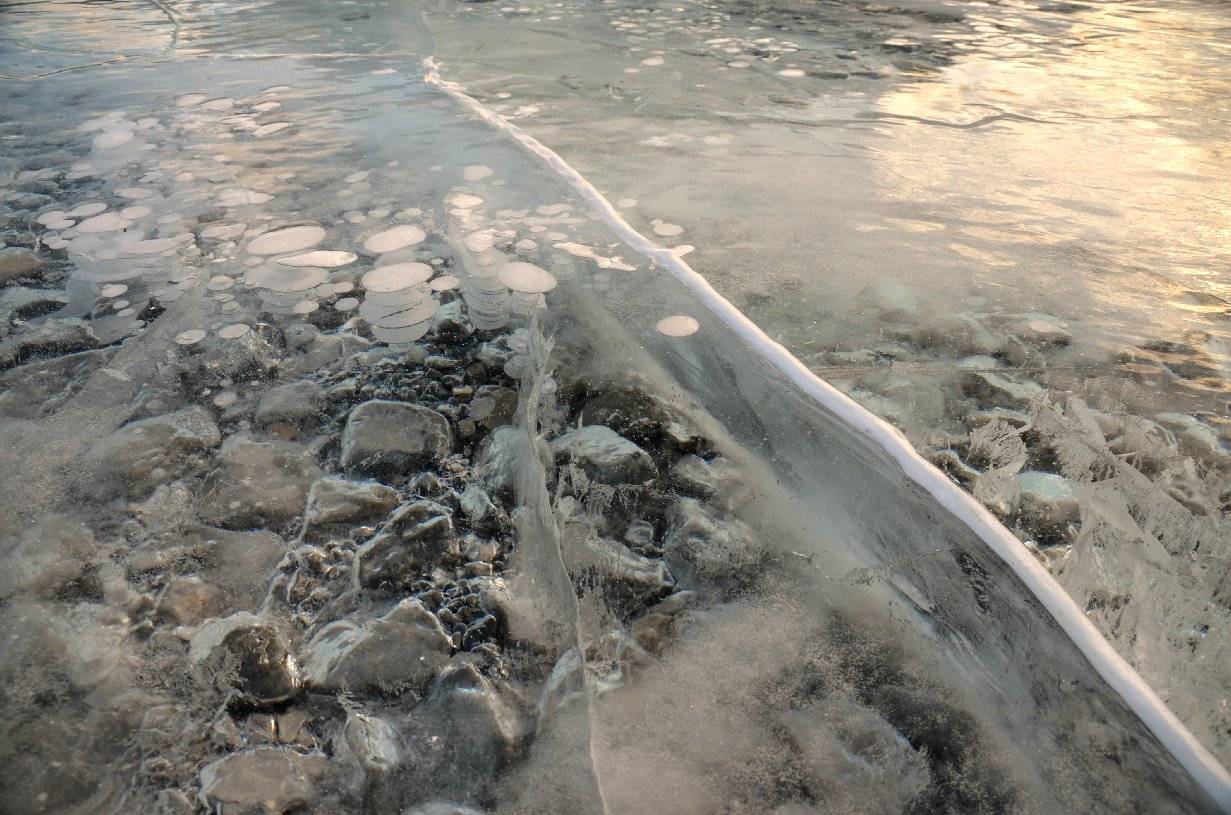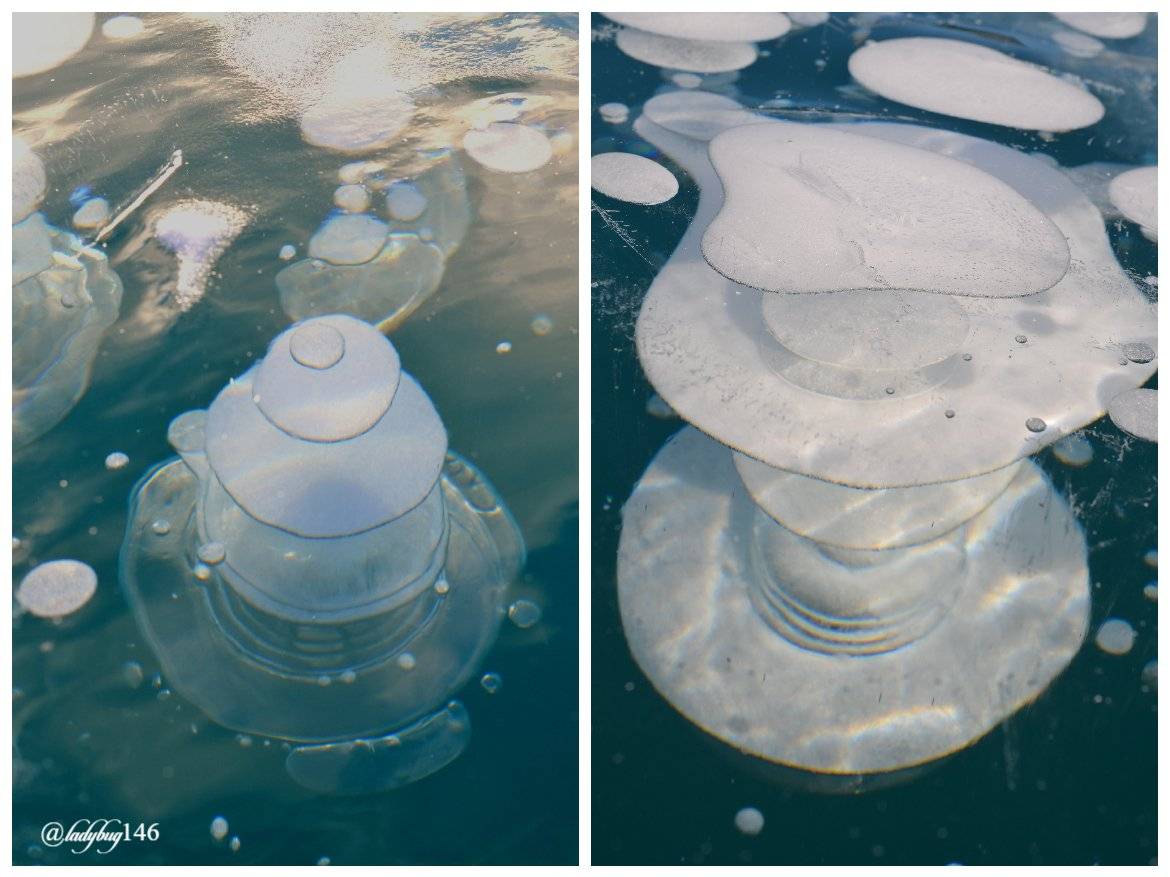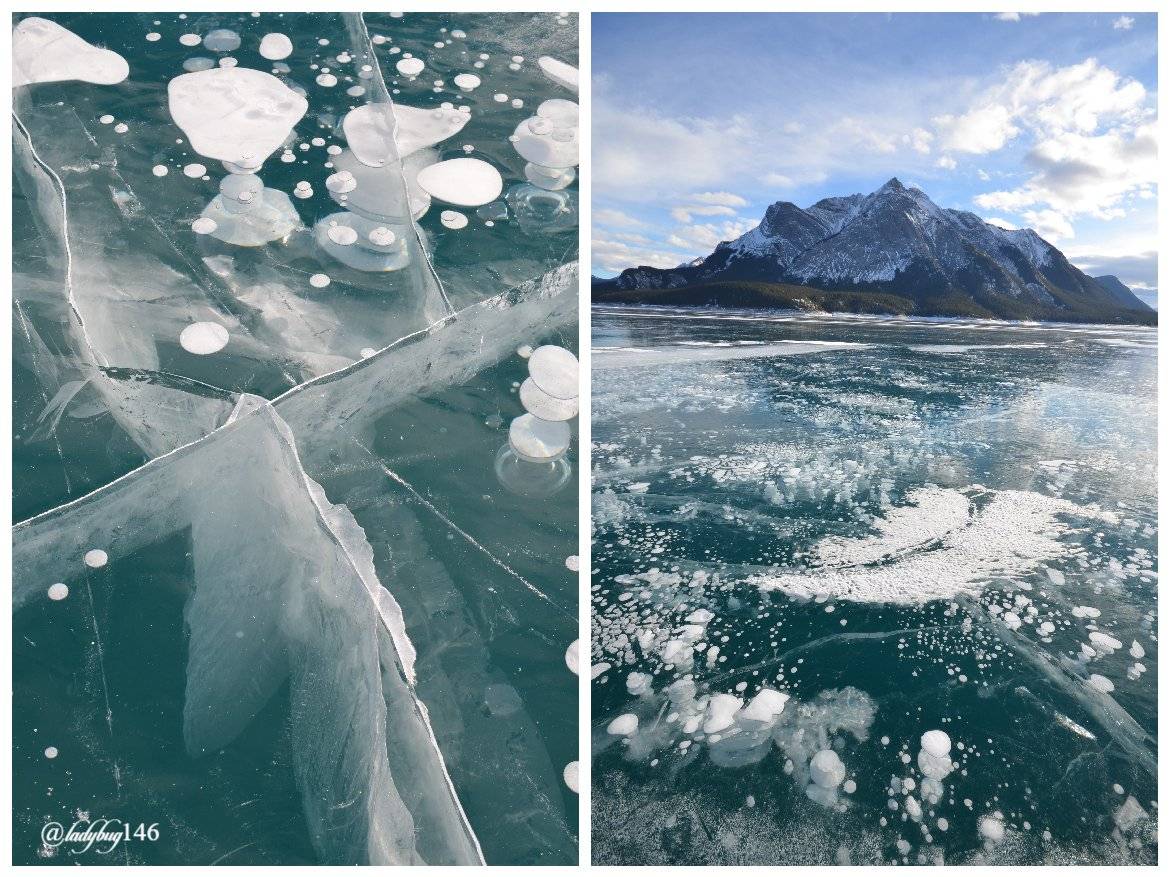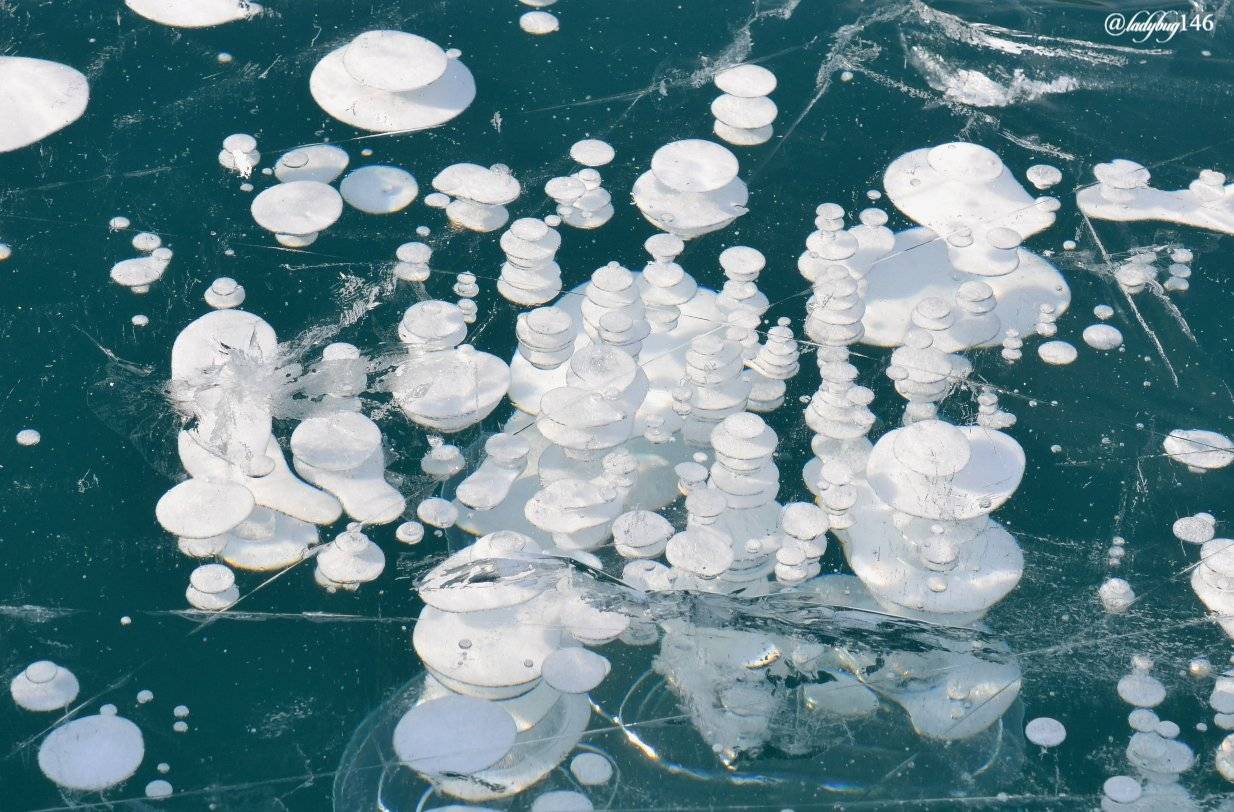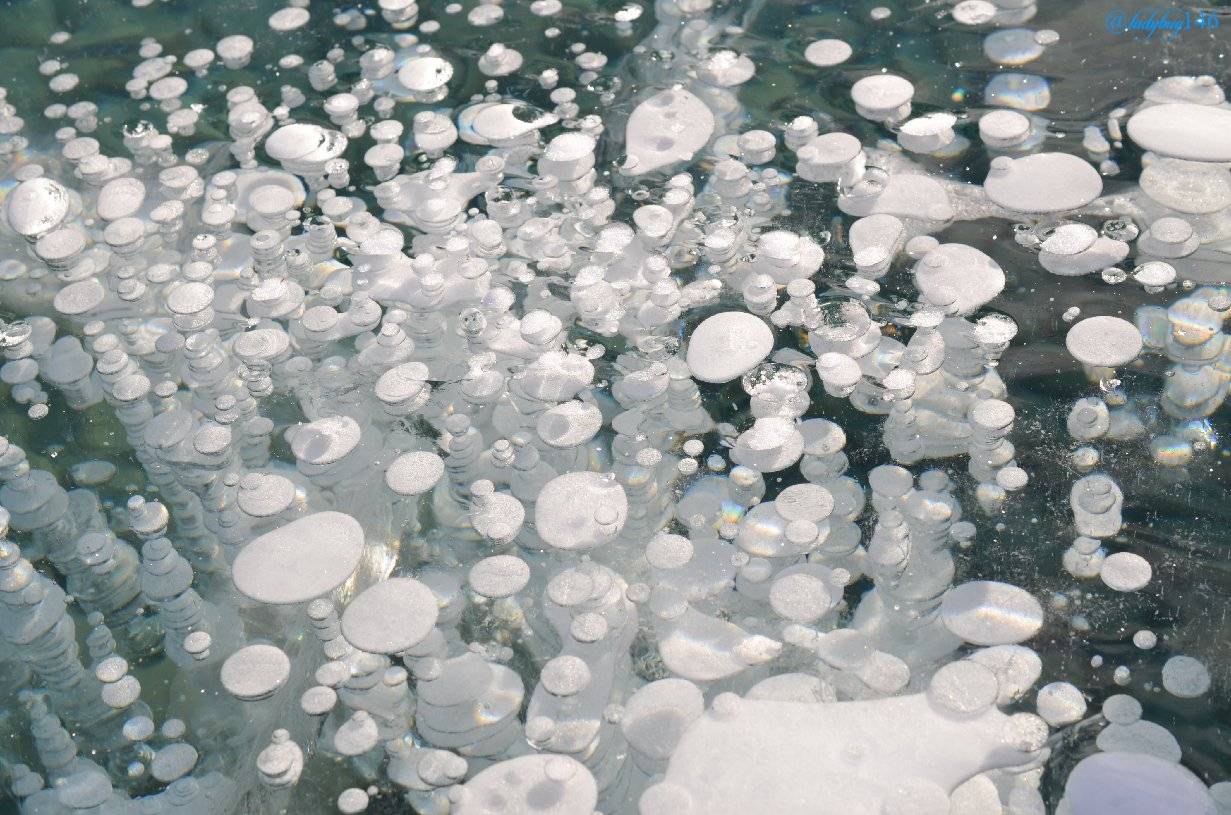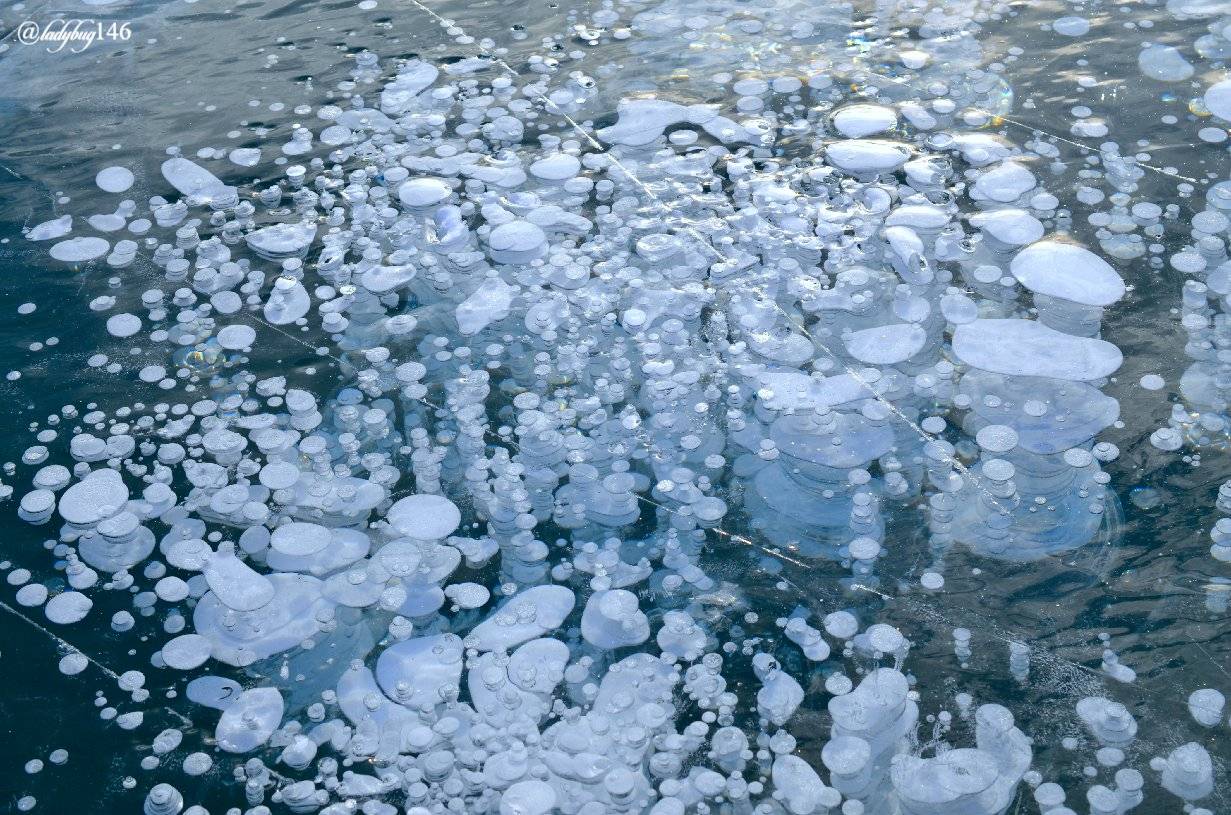Hey Steemians!!!
After going on an up-voting binge I figured I'd better stop myself before the huge hangover hits, I might as well get writing now to continue filling my steemit addiction. I want to start with a huge thank you to the community for the immense support, it really warms my heart in our cold northern climate! Like anyone else on this platform, I do enjoy seeing my name on that front page from time to time and that was really cool. Too many are quick to point out the flaws of the platform so I thought I would start on a positive note with a huge THANK YOU to the steemit community. Trending or no trending, I love exploring nature, my land and immortalize it's beauty in stories for you all (maybe a bit for myself in case I go senile). #newsteem
Shot 1/250 sec. f/8 10 mm, ISO 140
Now time to get to business, surely with almost a week in Jasper we must have seen something else other than all the wicked fun at Maligne Canyon, well of course my friends...of course. This one is a little off the beaten path but way cool. In the last few years a unique phenomenon has been surfacing all over local news outlets and blogs, the word is spreading quick in Jasper about this previously minimally spoken about location. You may have heard of it by now, you may not... the Abraham Lake frozen methane bubbles. It's a bit of a drive from the town of Jasper and actually not in the park but in the surrounding series of provincial parks that line the front.
Shot 1/250 sec. f/8 40 mm, ISO 140
Located in Clearwater County in Alberta between Nordegg and Saskatchewan Crossing (Icefield Parkway) along highway 11 in the Kootenay Plains, Lake Abraham was created to form the largest fresh water reservoir in our province with a surface area of 53 square kilometers and 32 kilometers in length with the construction of the Bighorn Dam. Although it may not immediately be part of the major glacial melts, the water still contains much of the rock flour that gives our Rocky mountain lakes their famous intense blue colors. The explanation is rather simple, The reds and yellows of the light spectrum get absorbed and only refracts the blue hues to the surface. Essentially that silt is grey-ish white and unexciting when it's dry.
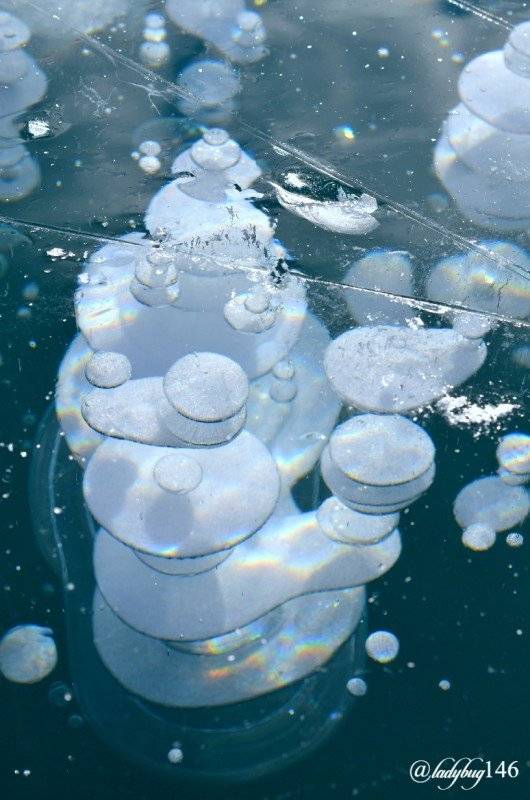
When the reservoir was formed, many plants were just flooded and started to decompose at the bottom of the lake slowly releasing methane bubbles that eventually float to the surface and escape into our atmosphere. Because of our frigid conditions and brutal cold spells, the large manmade lake has enough time to freeze on the surface trapping the bubbles underneath. The water stays warm enough to continue the decomposition cycle at the bottom thru the winter but as the ice thickens, they begin to form columns of bubbles trapped together creating the phenomenon quickly gaining social attention. As the new bubbles are formed, they are small but attach to other methane bubbles not yet frozen to create larger bubbles in interesting shapes in real time as they freeze. @silvergingerman took a quick cellphone video of it for us and posted it to youtube.
As intriguing as they are, not all is good, when the ice thaws the methane gets released into the atmosphere as a greenhouse gas creating concerns within the climate change community adding stress to the accelerated melting of the surrounding glaciers and permafrost in our mountain range. The phenomenon itself or the rate of decay may be partially attributed to climate change that in return potentially rise the amount of methane once trapped in the glaciers to being released as the climate warms in a chain reaction. Much of the surrounding glaciers in the Rockies are responsible for a good portion of North-America's fresh water supply creating more uncertainty as drought and access to fresh water is becoming a major issue around the world.

We were staying in Hinton for the night and driving into the park everyday, this time we decided we wanted to take a different route and see the foothills, after all we were here to explore. We took a rough township road from downtown and went on an adventure. We had no idea what to expect, we have been on our fair share of sketchy mountain roads, how bad can the foothills be!! Well my friends, it was an interesting ride, in french we have a saying "attache ta tuque" would mean something similar to "brace yourself" , it's definitely a sketchy road in the winter with bridges with no side barriers but the view was spectacular.
The back road that we took is somewhat maintained as far as snow removal but it's still just a dirt road so we drove slow and carefully around the bends. The hidden landscape started to reveal itself as we drove thru a series of provincial parks linked to one another lining the font side of Jasper National Park. We were on a ridge for parts of the ride having a good vantage point of the snow capped giants. The provincial parks offer cheaper quieter alternatives for camping and hiking and often times have developed recreational areas along rivers and lakes in the summer time while still being in the Rockies. We loaded up on snacks, drinks and sandwiches with a full tank of gas, we suspected we wouldn't see much on our journey, well we were pretty on point. Even if you take a main road to get there like a sane person, pack some supplies for the day, there isn't anything around but nature for a few hours.
Shot 1/250 sec. f/8 55 mm, ISO 125
We eventually came out to reach highway 11 and soon after we saw this gigantic blue lake and getting more into the mountains, we had to be close. The way to the bubbles isn't in the normal recreational area so following road sign directions may lead you to the wrong location but getting there is pretty simple following a few redneck instructions, if you pay attention to the photos in my posts you should be able to recognize it. The picture above is coming down highway 11 towards Saskatchewan Crossing, near by, there is a worthy viewpoint of the lake, although not yet at the bubbles, still worth while. The ice leaves large cracks as it freezes like a giant piece of glass and has a current on the edge leaving interesting ripples flowing under the cracks.
Shot 1/1000 sec. f/6 175 mm, ISO 450
We left the view point and continued on where we got into trees temporarily blocking our view, as soon as there was a bit of a clearing, we could see white spots on the blue ice from the top of the hill, this is the spot. It's just on the side of the highway, there is no official parking area but you will most likely find a line up of parked cars from other bubble chasers already on the ice. If you prefer to be sure from the beginning, there is a tour available. I know that sounds like messed up half-ass directions but there is one road, the lake is too large and reflective to miss and the line up of cars with a trail leading thru the clearing is rather obvious, if you made it to the recreational area, you have gone too far, it's only a few minutes passed the viewpoint.
Screen shot from google maps to give you a better idea, the blue dot is the viewpoint to see the ripples under the cracked ice.
I highly recommend cleats for safety, the glass like surface is extremely slippery, don't even attempt getting on this lake without. If you are bringing a tripod, bring something to anchor it down into the ice and thank me later! (the wind will blow your gear away) The mountains create a wind tunnel blowing into the wide open valley, it can get quite cold and windy, head cover, gloves and warmer clothing is a must even if it's a beautiful day out. Many locals come here to skate, by all means, how many chances do you get to skate on a flawless piece of glass and see right below your feet. The lake does have fish although I don't know how active they are in the winter, I personally didn't spot any. I'm a little jelly of the skating but I know for next time, the ice is really smooth if you can make it at the right time, I want new skates anyway, mine are ancient.
To get to the lake is a bit difficult having to climb and navigate around the big ice sheets that came crashing into the shore before the lake was completely frozen but manageable for medium fitness. Walking around the ice debris I noticed different crystal structures, some of the ice was super clear like the lake while others looked kind of stringy and delicate like they were formed by a slow drip. As soon as we got to the edge of the lake, we could see preliminary bubbles but if you have the nerve to walk on something you can see thru, that's where the best formations begin and contrast with the blue water. Time is of the essence, there is only 3 to 4 weeks of good bubble viewing until the surface of the ice begins to deteriorate from wind and snow conditions. The best time is mid January to the first week- mid February. We went 3 weeks into January and the ice was beginning to turn in a few spots but very minimal.
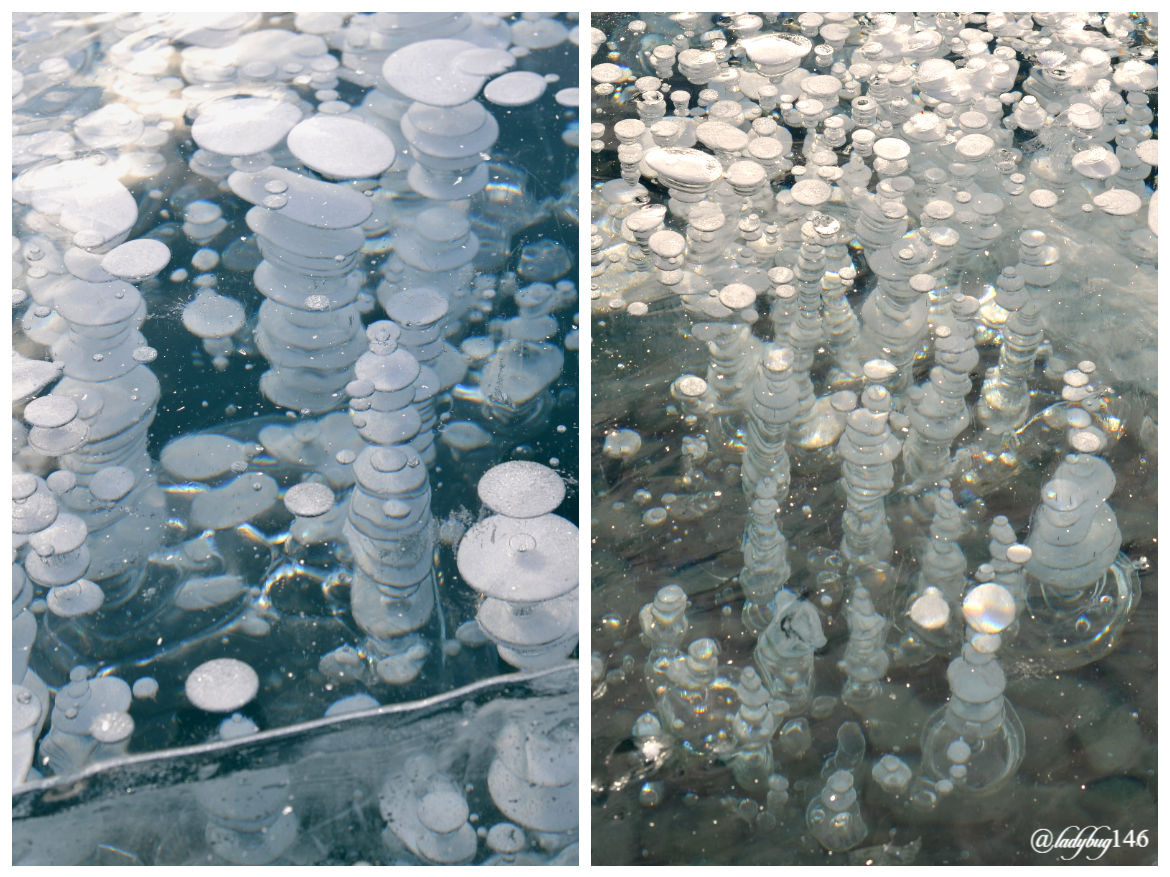.jpg)
Ready to Blog & Earn?
With TravelFeed, easily start your own travel blog and earn as you go. It's the smart platform for travelers who want to profit from their passion. Create a free account
@silvergingerman was a bit spooked at the whole experience but he took it like a champ, at first you see the rocks but as you get to the center of the lake, they disappear and turn into a blue abyss under your feet with cracks everywhere. I rather enjoyed the experience because I could see 2 layers of ice with cracks going in opposite direction, now that's strength! Some parts ware over a foot thick while other were 6 inches or less, be careful where you step, I personally wouldn't go on anything less. By far the clearest ice I've ever walked on, I would do it again next year.
Taken by @silvergingerman with iphone8

Don't Forget: Get Travel Health Insurance!
To make your trip a worry-free experience, TravelFeed recommends SafetyWing Nomad Insurance. It provides comprehensive health coverage while you travel, so you can focus on exploring, not the unexpected. Get a quote here
All images taken with Nikon D7000 unless otherwise stated.
Travel Resources for your trip to Canada
Recommended by TravelFeed
Flights: We recommend checking Kiwi.com to find the best and cheapest flights to Canada.
Accomodation: Explore the best places to stay in Canada on Booking.com, Agoda and Hostelworld.
Travel Insurance: Medical emergencies abroad can be pricey, but travel health insurance is not. We always use SafetyWing for affordable and reliable coverage.
Car Rental: For hassle-free car hiring, DiscoverCars is our trusted choice with a wide selection of vehicles.
Internet: Got an eSIM compatible phone? Airalo is perfect for reliable internet access during your trip. Just install it before you go, and you're set!
Day Trips & Tours: We recommend GetYourGuide for a variety of well-organized and enjoyable activities.
Travel Planner: Need a hand planning? Our free travel planner chatbot is your personal guide to Canada. Chat now.
Disclosure: Posts on TravelFeed may contain affiliate links. See affiliate disclosure.
